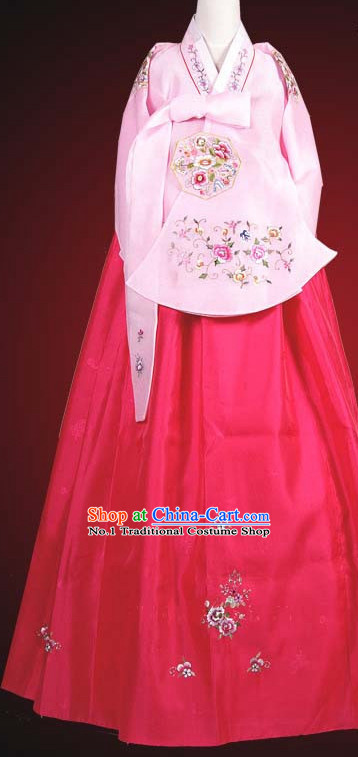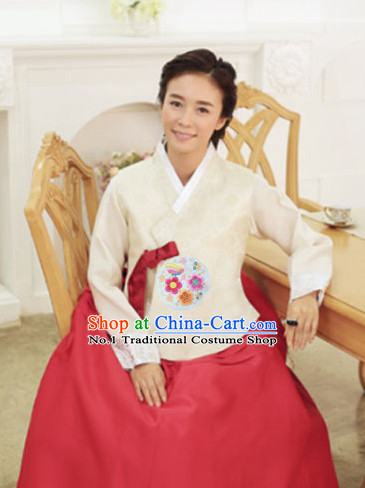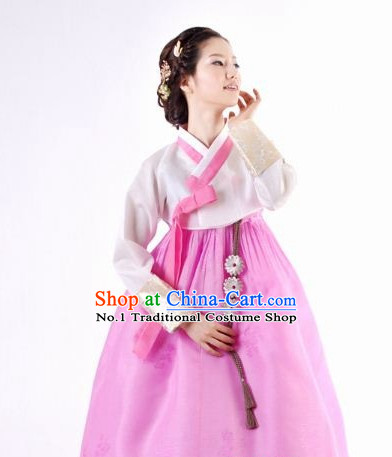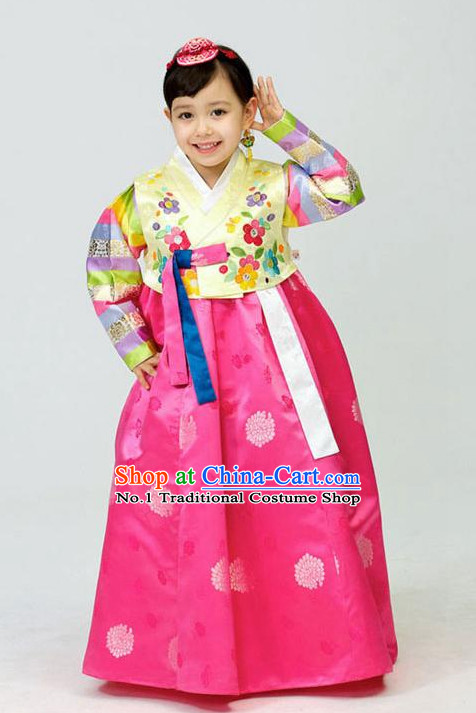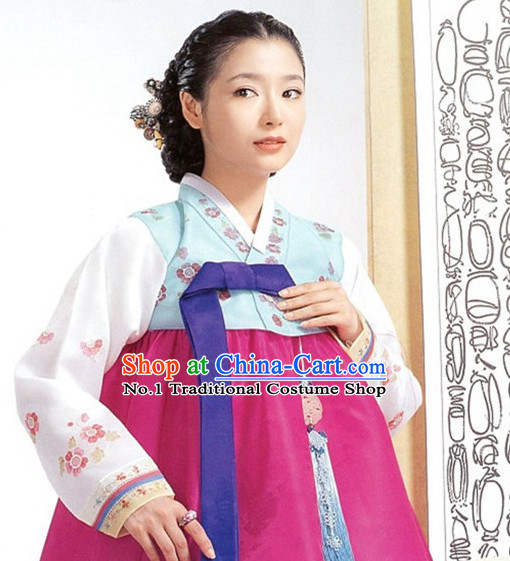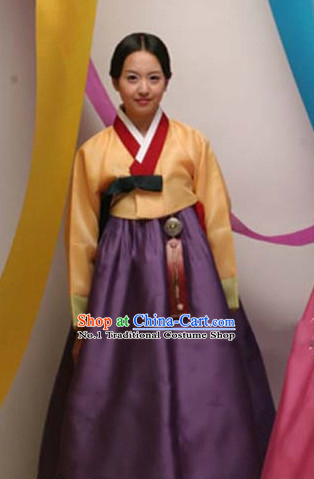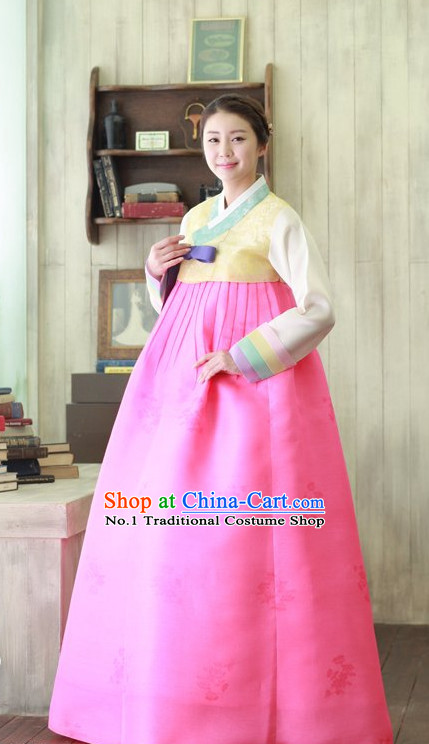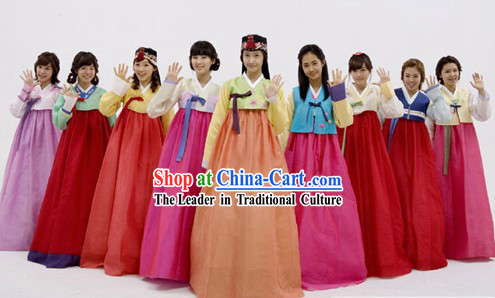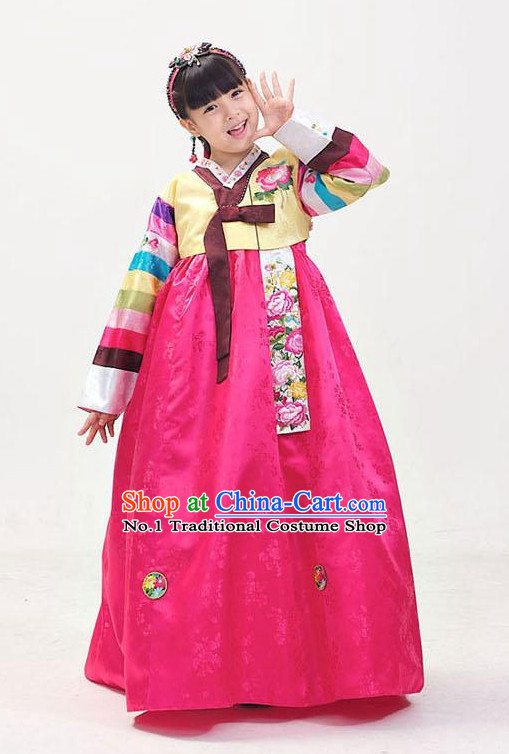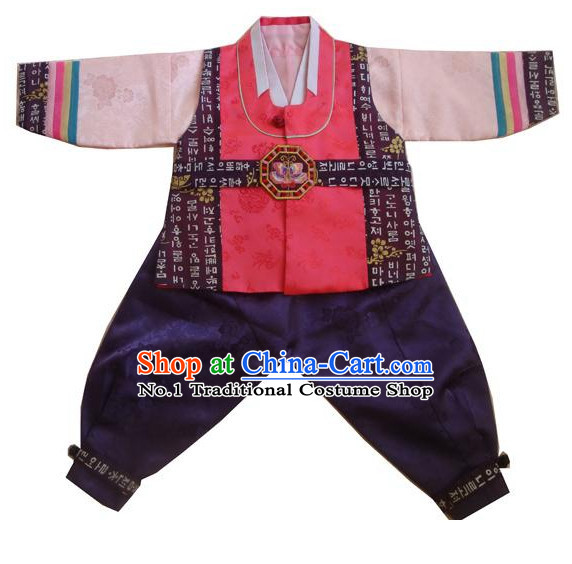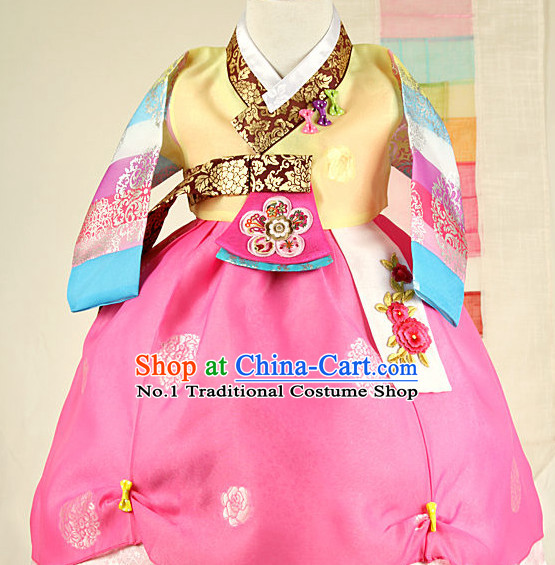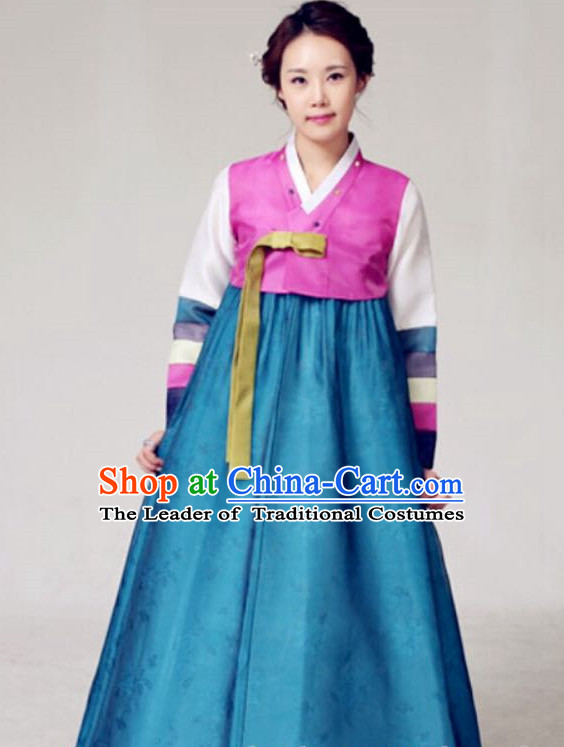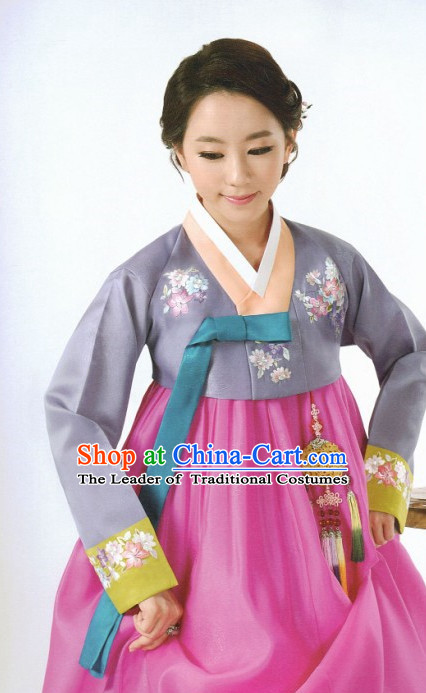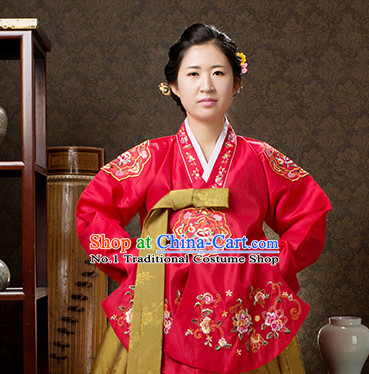
Click Related Pictures for More Audios:
The traditional Korean attire, Dangui Hanbok, is renowned for its unique design and exquisite craftsmanship.
These ornate garments represent the history and traditions of Korean culture, showcasing their rich spiritual significance and historical importance.
They are typically made from silk, cotton, or linen, featuring intricate embroidery and decorative techniques such as gold and silver threads, as well as beads.
Throughout Korean history, these garments played a significant role as they were exclusively worn by nobility and royalty, reflecting their social status and power.
Additionally, Hanbok was used as formal attire for weddings and other important occasions, symbolizing happiness, prosperity, and unity.
In modern society, people still wear Hanbok to celebrate festivals, attend weddings, or participate in other special events.
This traditional attire not only holds aesthetic value but also carries the rich heritage and values of Korean culture.
It serves as a reminder to cherish our cultural heritage and maintain a connection with the past through the preservation of these traditions.
